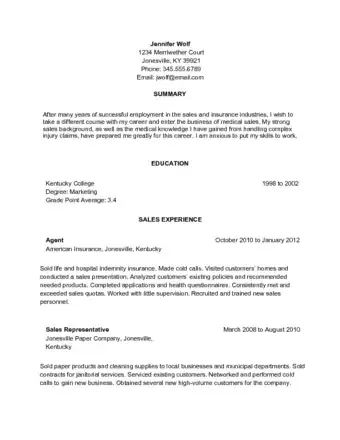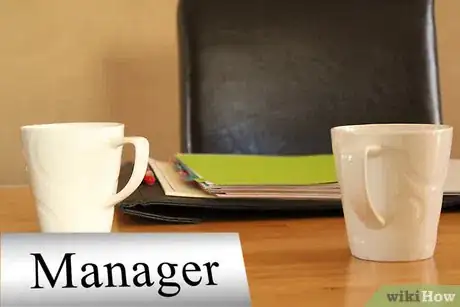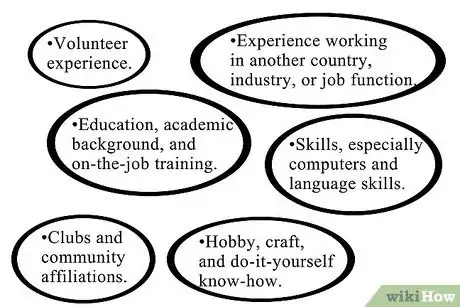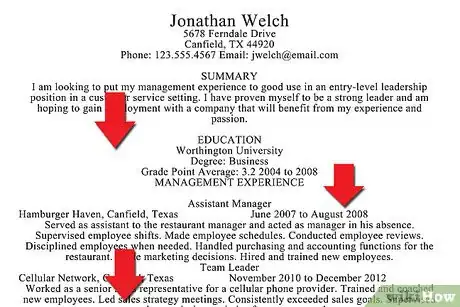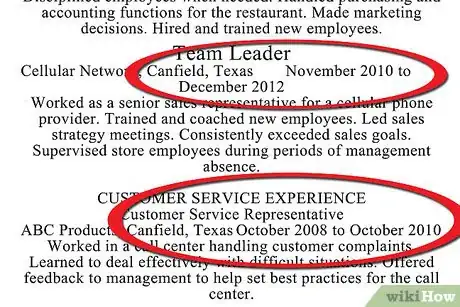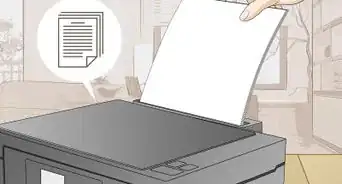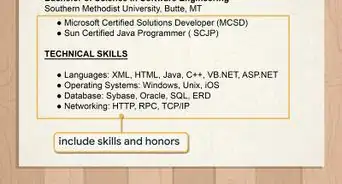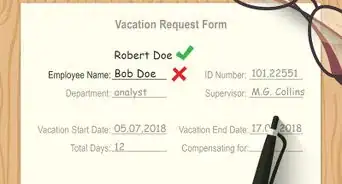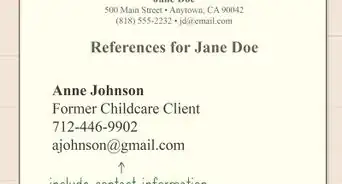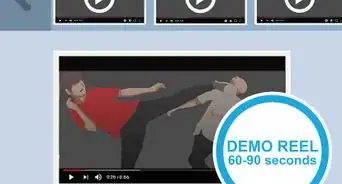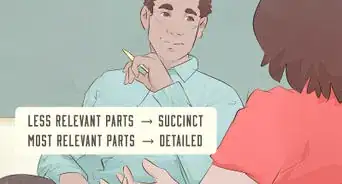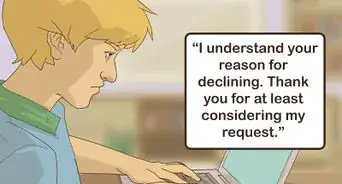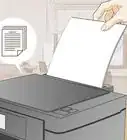This article was co-authored by Amber Rosenberg, PCC. Amber Rosenberg is a Professional Life Coach, Career Coach, and Executive Coach based in the San Francisco Bay Area. As the owner of Pacific Life Coach, she has 20+ years of coaching experience and a background in corporations, tech companies, and nonprofits. Amber trained with the Coaches Training Institute and is a member of the International Coaching Federation (ICF).
This article has been viewed 563,602 times.
Most resumes include a chronological list of your professional accomplishments. In some cases, though, you may be better off emphasizing skills and accomplishments in order of importance, rather than in order of occurrence. A functional resume does just that.
Steps
Sample Functional Resumes
Writing Your Own Functional Resume
-
1Consider whether a functional resume will improve your chances of getting an interview, and thereby a job. A functional resume is any that emphasizes skills and abilities and de-emphasizes the chronology.[1] This shift in focus may be helpful in the following situations:[2]
- You are changing careers or focus and you wish to feature skills and accomplishments that weren't central to recent jobs, such as older experience, volunteer experience, or skills developed outside of work.
- You have an interruption in your work or your career has recently taken a detour
- You can better customize your resume to the job you are seeking by de-emphasizing the chronology.
-
2Brainstorm. Write down skills and accomplishments. Don't worry at this stage which ones are relevant. You can sort and edit later. Don't forget anything that might help, including:[3]
- Volunteer experience.
- Experience working in another country, industry, or job function.
- Education, academic background, and on-the-job training.
- Skills, especially computers and language skills.
- Clubs and community affiliations.
- Hobby, craft, and do-it-yourself know-how.
Advertisement -
3Organize. What is the very best, most relevant selling point on your resume? Are you a computer whiz? Do you have an impressive degree? Do you have years of experience doing something related to the jobs you want? Give your strongest asset top billing. You might also subdivide your experience into groups; for instance general people skills and more concrete accomplishments.[4]
-
4Arrange the resume by category, not by time. Rather than a section for each job, have a section for each sort of experience or skill you can offer. Computer skills, education, and experience are the obvious divisions.[5]
- When listing experience, begin each line with an active verb. It adds punch to the writing and gives the list a consistent tone and structure.
- If you can, focus on problems you've solved and specific results you've achieved. Did you save somebody money? Did you accomplish something more than your job description?
- The usual rules of resume writing still apply, only the result is shaped differently.
-
5Add a summary at the beginning. This is not the well-worn "Objective" bit about obtaining a full-time job. Instead, it is the best condensed version of your offerings you can write.[6] Ideally, a busy recruiter or hiring manager should be able to tell whether it's worth reading more of your resume within about 20-40 seconds.[7]
-
6Add a brief chronology of your work history at the end. They can be one-line descriptions, including simply the company, your title, and the year in which you worked there.[8]
Expert Q&A
-
QuestionWhat should I include in the introduction of my functional resume?
 Amber Rosenberg, PCCAmber Rosenberg is a Professional Life Coach, Career Coach, and Executive Coach based in the San Francisco Bay Area. As the owner of Pacific Life Coach, she has 20+ years of coaching experience and a background in corporations, tech companies, and nonprofits. Amber trained with the Coaches Training Institute and is a member of the International Coaching Federation (ICF).
Amber Rosenberg, PCCAmber Rosenberg is a Professional Life Coach, Career Coach, and Executive Coach based in the San Francisco Bay Area. As the owner of Pacific Life Coach, she has 20+ years of coaching experience and a background in corporations, tech companies, and nonprofits. Amber trained with the Coaches Training Institute and is a member of the International Coaching Federation (ICF).
Pacific Life Coach Instead of writing the word "Summary" at the top of your resume, create a 3-5 word descriptor that summarizes your skills—for example, "Seasoned Public Affairs Executive." Then, list 2-3 examples of your most relevant achievements and responsibilities, either in a paragraph or a bulleted list. Be sure to include a few keywords from the job description in this section of your functional resume.
Instead of writing the word "Summary" at the top of your resume, create a 3-5 word descriptor that summarizes your skills—for example, "Seasoned Public Affairs Executive." Then, list 2-3 examples of your most relevant achievements and responsibilities, either in a paragraph or a bulleted list. Be sure to include a few keywords from the job description in this section of your functional resume. -
QuestionDo I need to sign a resume for it to be authentic?
 AnobiCommunity AnswerNo, a signature is not required on a resume. A simple, computer-printed version is the norm.
AnobiCommunity AnswerNo, a signature is not required on a resume. A simple, computer-printed version is the norm. -
QuestionWhere would I position my education if it's been longer than 20 years ago?
 Community AnswerList your "highest" or most relevant education. If you have had a lot of experience in your field since achieving your education, put education at the bottom. The work experience is more relevant.
Community AnswerList your "highest" or most relevant education. If you have had a lot of experience in your field since achieving your education, put education at the bottom. The work experience is more relevant.
Warnings
- While you should certainly feature your best accomplishments and present yourself in a positive light, never falsify or exaggerate a claim on a resume or employment application.⧼thumbs_response⧽
- Writing a functional resume may make it look as if you have something to hide, even if your reasons for writing one are entirely above board. As long as you feel that the benefits outweigh the risks, go ahead and try it. You could even circulate different versions of your resume for different purposes.⧼thumbs_response⧽
References
- ↑ Amber Rosenberg, PCC. Pacific Life Coach. Expert Interview. 26 April 2021.
- ↑ https://www.monster.com/career-advice/article/chronological-resume-or-functional-resume
- ↑ https://www.youtube.com/watch?v=2cbKdKzldXA
- ↑ https://www.businessnewsdaily.com/7770-functional-resume.html
- ↑ https://www.youtube.com/watch?v=2cbKdKzldXA
- ↑ Amber Rosenberg, PCC. Pacific Life Coach. Expert Interview. 26 April 2021.
- ↑ https://www.youtube.com/watch?v=2cbKdKzldXA
- ↑ https://www.youtube.com/watch?v=2cbKdKzldXA
